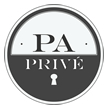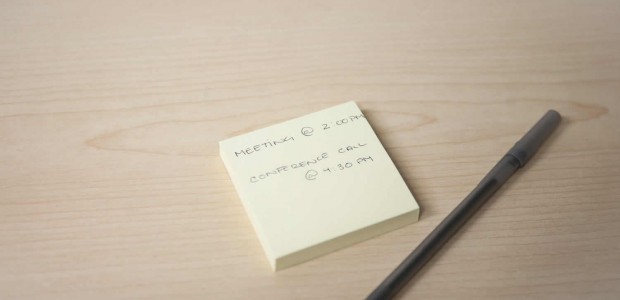Organising and leading a meeting is an art in itself. It requires the right skills, a thorough preparation and a clear vision of the objectives you want to achieve. Meetings are vital for management and communication. Properly run meetings save time, increase motivation, productivity, and solve problems. Meetings create new ideas and initiatives.
Meetings are better than telephone conferences because only 38% of the meaning and feeling is carried in the way that things are said. The other 55% of the meaning and feeling is carried in facial expression and non-verbal signals. That’s why meetings are so useful.
Here are some of the rules for running meetings:
Define the objectives
Before scheduling or attending your next meeting, clearly define the objectives for yourself or the group if you are the person responsible for the meeting. To help you think through your objectives, ask yourself the following 4 questions:
- Why am I scheduling or attending this meeting?
- What do I want to accomplish or gain?
- What information will be exchanged or decisions made?
- Who will be attending that I need to meet or gain their support?
Arrange a venue
Arrange a suitable venue for your meeting and make sure the room is comfortable for the number of attendees, and that it has the right layout. Do you need a table or a more casual seating arrangement? Has the room got the right technology (i.e. a screen available to show the presentation so you are not crowded around a laptop)? And, most importantly, organise refreshments.
Decide exactly who should attend the meeting.
Schedule a time for the meeting with the persons attending, making it clear what the meeting is about and how long it will take.
Designate someone you trust to take the minutes
Assign a participant to take minutes of meeting or take the minutes and circulate them yourself or have a trusted associate do the honours. The minutes should contain the list of all meeting participants, the summary of discussion, important decisions taken, action items with person responsible and due dates. Circulate this document among the participants and other stake holders if any. This is vital as after a month or so it is difficult to remember the decisions taken and the reasons behind them. It also helps as you can trace back on how the team progressed to the current situation (good or bad). Written record of meetings drives accountability of actions in the team.
Opening Meetings
· Always start on time; this respects those who showed up on time and reminds latecomers that the scheduling is serious.
· Welcome attendees and thank them for their time.
· Review the agenda at the beginning of each meeting, giving participants a chance to understand all proposed major topics, change them and accept them.
· Note that a meeting recorder if used will take minutes and provide them back to each participant shortly after the meeting.
· Model the kind of energy and participant needed by meeting participants.
· Clarify your role(s) in the meeting.
A meeting agenda should be prepared and distributed to participants at least 3 days prior to the meeting day. An agenda is crucial to meeting success in 3 ways:
1) it clarifies the objectives so people understand the meeting purpose and tasks
2) distributing the agenda prior to the meeting helps participants plan and prepare to make an effective contribution; and
3) during the meeting, the agenda provides direction and focus for the discussion.
There are a variety of agenda styles but essentially they should contain at least the following elements:
- title /Type of meeting (e.g., evaluation review meeting)
- time (e.g. 10:00 -11:00 a.m.)
- date.
- location.
- discussion items.
- names of persons responsible for covering each item.
- Approval and/or amendments to previous meeting minutes.
- Record of reports from standing and special committees.
- Record of proposals, documents, resolutions, motions, seconding, any final disposition, and a summary of the discussion; also a record of vote.
- General matters
Some people prefer to include time allotments for each agenda item to improve meeting effectiveness (e.g. review minutes 1:05 – 1:10). Immediately after the meeting, the PA must go over the notes while everything is still fresh, ensuring they check their notes for the above.
Distribute internal memo
Put together and distribute an internal memo summarizing what was covered, what was resolved, and what actions need to be taken for issues requiring further clarification.
Organising refreshments
Depending on the time and duration of the meeting will give you an idea on what refreshments to provide. As a standard procedure you should provide tea, coffee and water. For a energise healthy meeting, you can also provide a light healthy snack, and if it is near lunchtime or is a relatively long meeting you could also provide a cold buffet. This is all dependable on your budget and time restraints.
Be Flexible but not complete loss of control.
Banning mobile phones is not always popular, but even a phone switched to silent can be disruptive as it vibrates its way across the conference table, and the owner grabs it and rushes out of the room.
Any horror stories to share about disorganised meetings? Do you have any more tips to add to the list? Please share your comments below.








